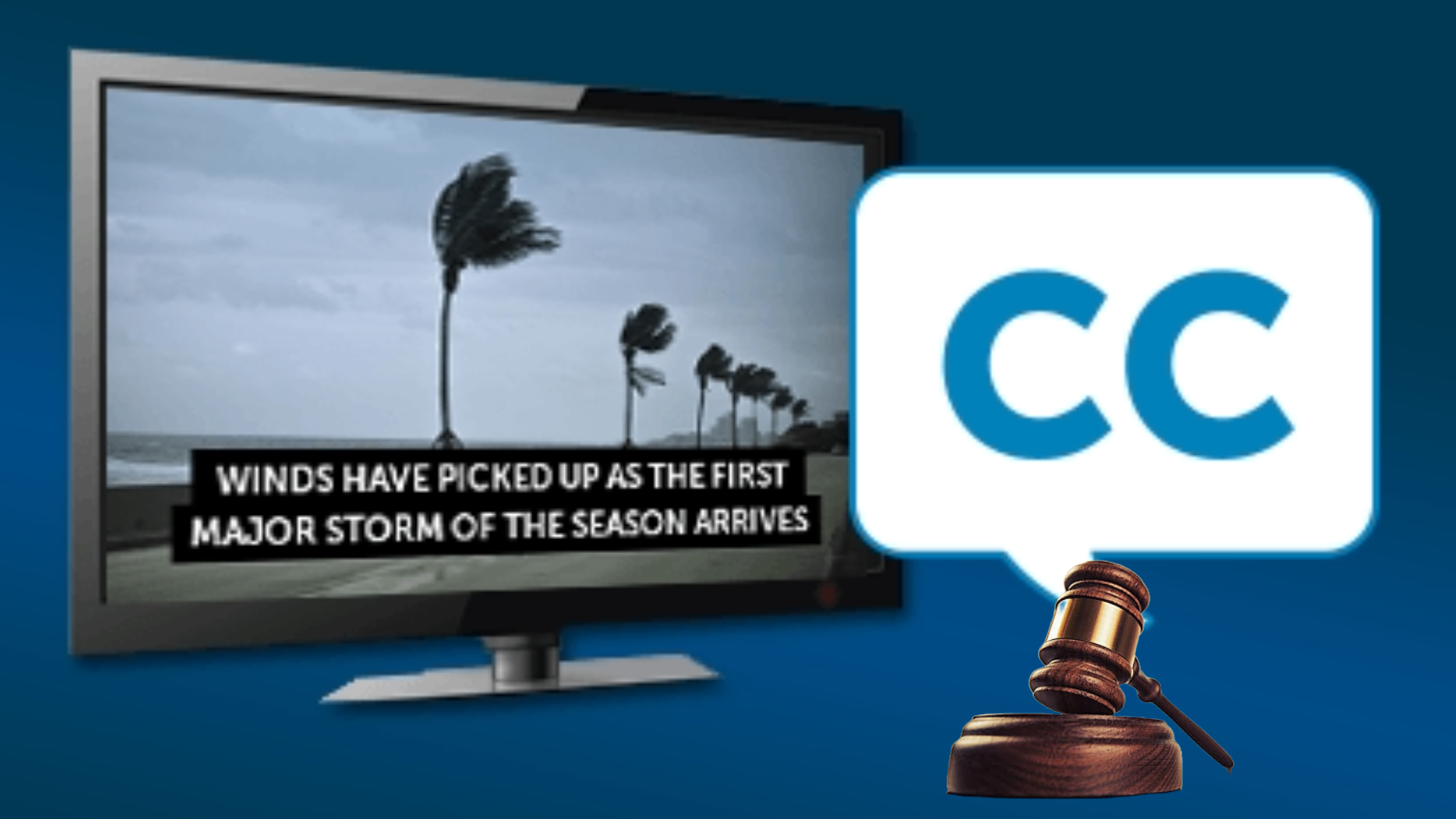Compliance and Clarity: Navigating Legal Requirements for Captioning
Introduction:
In today's digital age, online content is more accessible and diverse than ever before. However, accessibility should not be taken lightly, as millions of individuals with disabilities rely on it to access information and participate in various aspects of life. One critical aspect of digital accessibility is captioning, which involves the provision of text-based representations of spoken dialogue and sound in videos, ensuring that everyone, including those with hearing impairments, can understand and engage with multimedia content.
But why is captioning important, beyond ethical considerations? One significant reason is the legal requirements surrounding it. Various laws and regulations at both federal and state levels in many countries mandate the provision of captions for certain types of content. In this comprehensive guide, we will delve into the legal landscape of captioning, explaining the key requirements, who is affected, and how to ensure compliance. Whether you are a content creator, a business owner, or an advocate for digital accessibility, understanding these legal requirements is crucial to avoid legal troubles and provide equal access to all.
Chapter 1: The Foundation of Digital Accessibility:
To comprehend the legal requirements surrounding captioning, it's essential to first understand the broader context of digital accessibility. Digital accessibility refers to the inclusive practice of designing and developing digital content and technologies that can be used by individuals with disabilities. It encompasses various aspects, such as web accessibility, software accessibility, and multimedia accessibility.
In the United States, the legal foundation for digital accessibility lies primarily in two key pieces of legislation:
-
Americans with Disabilities Act (ADA): Enacted in 1990, the ADA prohibits discrimination against individuals with disabilities and requires that places of public accommodation provide equal access. Courts have ruled that websites and digital content can be considered places of public accommodation, making ADA compliance a critical consideration.
-
Section 508 of the Rehabilitation Act: This law mandates that federal agencies ensure their electronic and information technology is accessible to people with disabilities. This includes both government websites and the content they host.
Chapter 2: Captioning Under the ADA:
The ADA, one of the most comprehensive pieces of disability rights legislation, is a cornerstone of digital accessibility in the United States. While the ADA itself does not explicitly mention captioning, it has been interpreted by courts to apply to websites and digital content.
In recent years, numerous lawsuits have been filed against organizations alleging that their websites are not accessible to individuals with disabilities. Courts have ruled in favor of plaintiffs, establishing that inaccessible websites can violate the ADA. Consequently, it's crucial for organizations to ensure their online content, including videos, is captioned to provide equal access.
One notable case is the landmark settlement between Netflix and the National Association of the Deaf (NAD). In this case, Netflix agreed to caption all of its streaming content, highlighting the ADA's applicability to online video services.
Chapter 3: Web Content Accessibility Guidelines (WCAG):
While the ADA provides the legal framework for digital accessibility, the Web Content Accessibility Guidelines (WCAG) offer specific technical standards and guidelines to follow. WCAG is globally recognized and has been adopted by many countries and organizations as the standard for web accessibility.
WCAG includes specific recommendations for captioning and multimedia accessibility. To achieve compliance with WCAG, websites and digital content must adhere to specific success criteria, including providing captions for pre-recorded video content. Meeting WCAG guidelines not only enhances accessibility but also helps organizations avoid legal troubles related to digital accessibility.
Chapter 4: Broadcast Television and the Federal Communications Commission (FCC):
Captioning requirements extend beyond the digital realm to include traditional broadcast television. In the United States, the FCC enforces regulations related to closed captioning for television programs, ensuring that individuals with hearing impairments have equal access to televised content.
The FCC mandates that most television programs, including news broadcasts and entertainment shows, be captioned. This requirement ensures that television remains an accessible medium for all viewers, regardless of their hearing abilities. Failure to comply with FCC captioning regulations can result in fines and legal consequences for broadcasters.
Chapter 5: International Laws and Standards:
Captioning and accessibility regulations are not limited to the United States. Many countries have their own laws and standards that govern digital accessibility and captioning. For example, in the European Union, the Web Accessibility Directive requires public sector websites and mobile applications to meet specific accessibility standards, including captioning for multimedia content.
Conclusion:
In conclusion, understanding the legal requirements for captioning is essential in today's digital landscape. Compliance with these laws not only ensures legal protection but also demonstrates a commitment to inclusivity and accessibility for all. By staying informed and following best practices, organizations can create a more accessible and equitable online environment.

